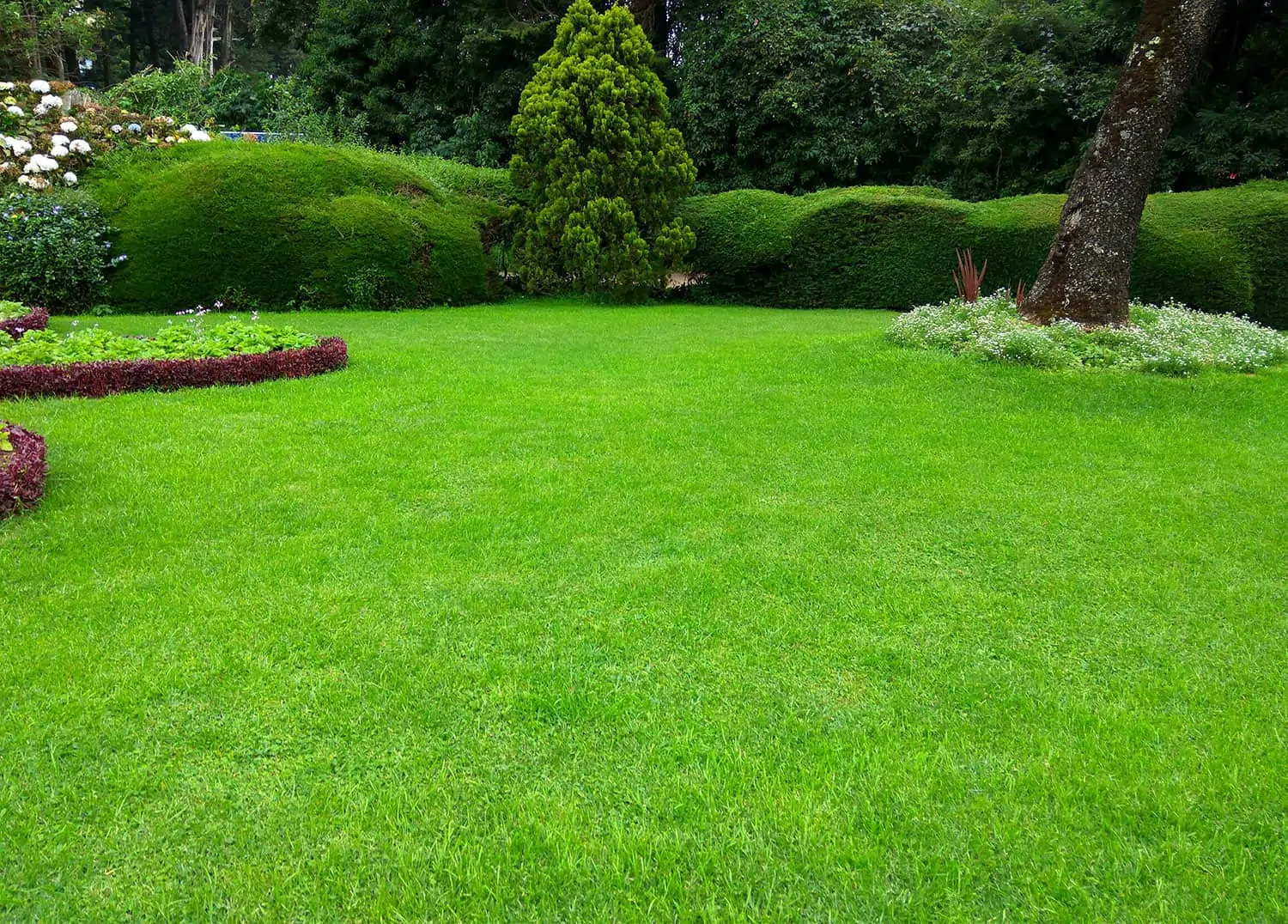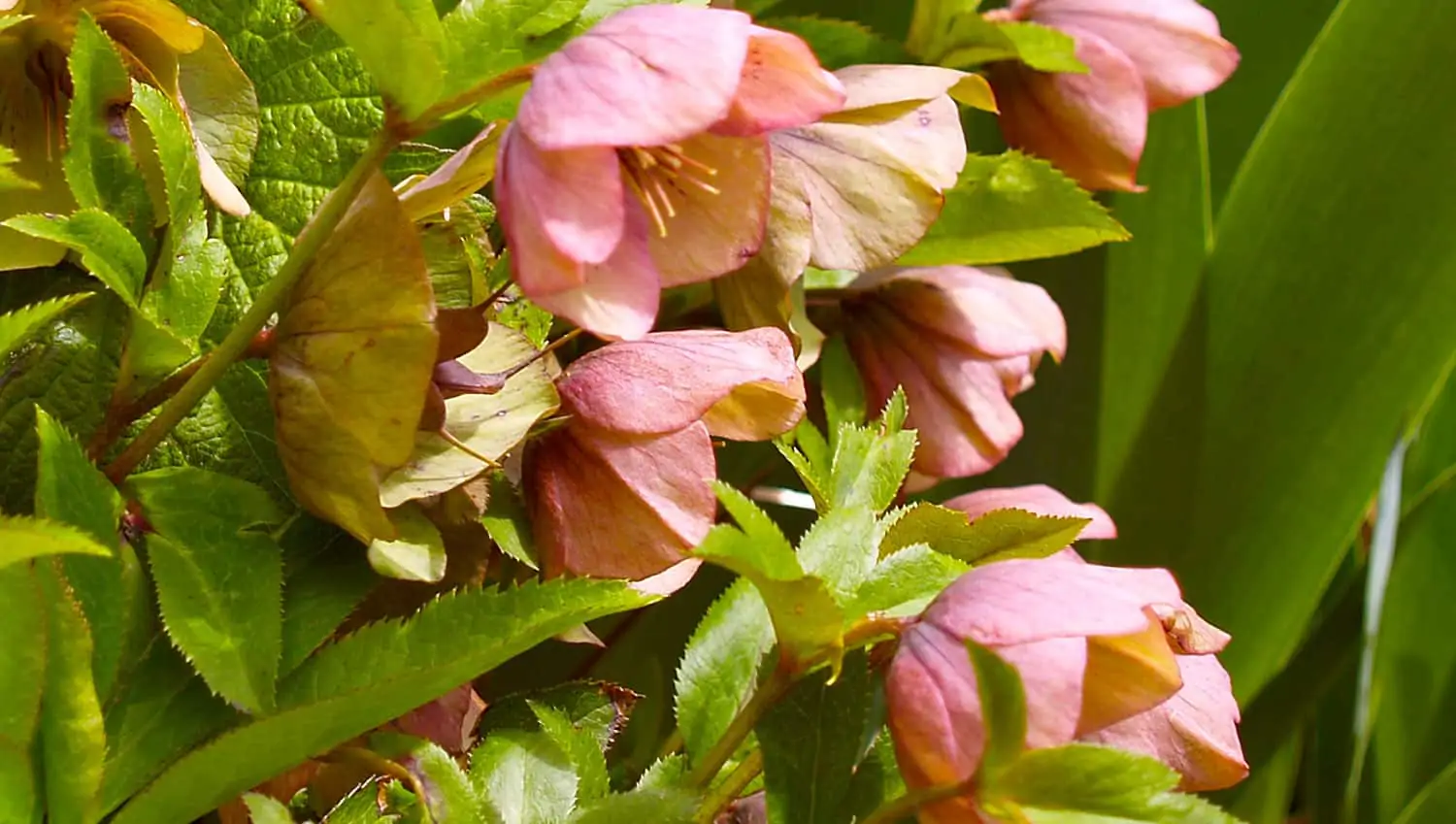Composting is a vital a part of natural gardening. It’s the last word recycling of your grass clippings, meals waste, and yard waste. It additionally provides natural matter to your soil which nourishes the soil meals internet.
What Do You Put In A Compost Bin?
A few years in the past, the usual components for backyard compost and fertilizing farm fields had been horse manure and straw. This mix created excellent soil, however supplied some challenges in vitamins, relying on the animal’s feed. It additionally launched tons of weed seeds. However it was an ideal steadiness of “browns” and “greens” for composting: high-carbon “brown” supplies (straw) and high-nitrogen “inexperienced” supplies (manure). Each are required in adequate amount to create compost.
Opposite to widespread perception, it’s not worms feeding from the underside of the pile that creates compost – it’s micro organism and fungi. And similar to you and me, microorganisms want meals to go about their enterprise. In composting, meals is plentiful when your browns and greens have the optimum carbon to nitrogen ratio of 30:1. This ratio helps to “prepare dinner” or warmth up the pile rapidly with bacterial and fungal exercise to hurry the decay.
Getting the fitting mixture of greens and browns is perhaps a little bit tough at first, however with a little bit experimentation, you’ll get your compost pile cooking. You’ll know when your greens are too excessive as a result of the pile will scent like rubbish. Extra probably, you’ll have the other drawback – your pile will prepare dinner too slowly. However that’s okay as a result of the components will break down finally. There’s even a factor referred to as “chilly composting” the place you simply throw the whole lot right into a pile in an out-of-the-way place and let it do its factor. Beneath the pile the next yr, you’ll discover wealthy compost. Nature takes care of itself.
Associated Submit: How Holly Grew to become A Christmas Custom
Use a mixture of “brown” and “inexperienced” components in your compost bin:
Browns
shredded tree leaves
newspaper (black and white solely)
brown paper baggage (shredded)
non-glossy white paper plates
plain brown cardboard (non-coated)
wooden ashes
used tea baggage and tea leaves
paper espresso filters
Greens
desk scraps*
yard waste (tree prunings, weeds, lifeless vegetation, and so forth.)
grass clippings (no garden remedies or pesticides)
vacuum cleaner wastes
corn stalks and sunflower stalks
pet or human hair
espresso grounds
composted manures
*Desk scraps are wonderful for composting as they add helpful micro organism to hurry the breakdown. Use something that’s fruit, grain or vegetable, however keep away from meat scraps, as a result of the scent could entice animals like raccoons, which is able to tear your bin to shreds attempting to get it. Meat scraps may additionally flip putrid in your bin and create a horrendous odor.
The simplest methodology of composting
The simplest strategy to compost is to position shredded autumn leaves in a compost bin together with espresso grounds and provides it a stir as soon as a month. Or you’ll be able to pee on the leaves on occasion (sure, actually, as a result of pee is excessive in nitrogen – simply don’t make it what you are promoting each day). Let the leaves and occasional grounds sit for a season, stir it as soon as a month and voila: compost.
composting in bins
Yard waste will be held in bins till it’s time so as to add them to the compost pile.
Purchase on Amazon: Twin Chamber Compost Tumbler – All-Season, Heavy-Obligation, Excessive Quantity Composter
4 Suggestions for Rushing Up Your Compost Pile
Shred or minimize all yard scraps into small items – the smaller it’s the sooner it should warmth up, and the simpler time microbes can have breaking it down.
In case your browns to greens steadiness is right, the pile ought to create warmth by itself inside every week or two (steam will really rise from it) and you need to have completed compost in a single or two months. If warmth isn’t obvious, add extra greens.
Construct your pile the place it will get at the very least 6 hours of direct daylight every day. This isn’t crucial, nevertheless it helps to hurry issues alongside.
Stir your compost pile as soon as every week or much less – micro organism want oxygen to hurry the breakdown of the compost, however stirring an excessive amount of can sluggish the method.
Make certain the pile stays damp however not soaked. I go away mine out within the open in order that the rain takes care of the moisture necessities. If now we have a dry spell, I water the compost pile at the very least as soon as every week.
Whenever you add contemporary components to your new compost, take a handful of soil out of your backyard and throw it on high – the soil accommodates microbes that may kick-start the fermenting course of. Water it in.
Associated Submit: The Pleasure Of Shade Gardening
When you’re making compost in a container like a trash bin, give it a stir as soon as every week and test the scent (assuming you don’t have a rotating compost bin on a stand). If it has a foul odor, both your browns to greens ratio is out of whack, or it’s too moist. Take away the lid and let the pile air out for a day or two. If it’s nonetheless smelly, then you will have an excessive amount of inexperienced stuff (nitrogen). Add extra brown materials from the listing above, stir the brand new components in and the scent ought to go away in a day or two.
How Do You Know When Compost Is Completed?
When compost is completed, it should look crumbly, be the colour of chocolate, and have a pleasing, earthy scent, not foul in any method. The completed pile will even be a lot smaller than the pile you began with – about two-thirds smaller, relying in your components. Not the entire yard waste could break down into crumbly items – it might have been too large or too woody. Use an outdated window display screen to filter these chunks out. Dump your compost in your backyard and begin once more!


